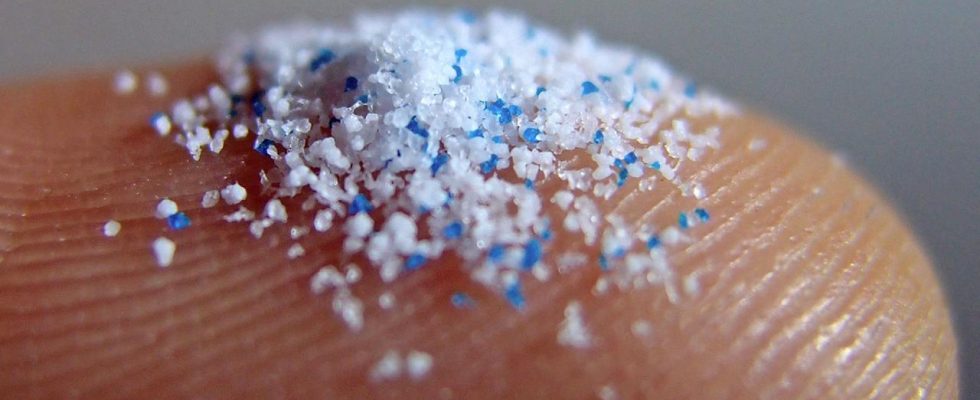To ensure that fewer particles end up in the environment and oceans, the EU bans the sale of microplastics and products to which they are added. Granules for sports fields and cosmetic products are affected.
The sale of microplastics in various areas is gradually being banned in the European Union (EU). New rules from the EU Commission will ban the sale of microplastics in the future, as the Brussels authority announced today. There is also a ban on the sale of products to which microplastics have been added and which release them when used.
The first bans will apply in 20 days
The ban therefore affects granular material on sports facilities, cosmetics such as peelings or glitter, as well as toys and pesticides. The measures will be implemented gradually: The first products such as microbeads or loose glitter will no longer be allowed to be sold from October 15th, i.e. in 20 days. In other cases, however, the ban will only come into force in the coming years.
According to the Commission, the largest source of the release of added microplastics and therefore a huge environmental problem is the granules on artificial turf pitches and other sports facilities. The microplastics ban will come into force there after eight years – “to give the owners and operators of sports fields the time to switch to alternatives.”
The term microplastic refers to synthetic polymers that are difficult to degrade and are less than five millimeters in size. The particles accumulate in animals – including fish and shellfish – and can therefore also end up in food. According to the EU, the new plans are intended to prevent the release of around half a million tonnes of microplastics into the environment.
42,000 tons of microplastics per year in the EU
Excluded from the regulations are products that are used at industrial sites or that do not release microplastics during use. However, their manufacturers must provide instructions on the use and disposal of the product to avoid releases of microplastics. There are also certain exceptions for medicines as well as food and feed.
According to the information, a total of 42,000 tons of microplastics are released in the EU every year. The Commission wants to reduce ocean and environmental pollution with microplastics by 30 percent by 2030. “Microplastics are found in the seas, rivers and on land, as well as in food and drinking water,” said EU Environment Commissioner Virginijus Sinkevicius. The restrictions could help reduce environmental pollution.
In addition, a serious problem for people’s health is being addressed, said Sinkevicius. The European Chemicals Agency (ECHA) had recommended such a ban because microplastics from certain products were released into the environment in an uncontrolled manner. EU states and parliament have already agreed.

